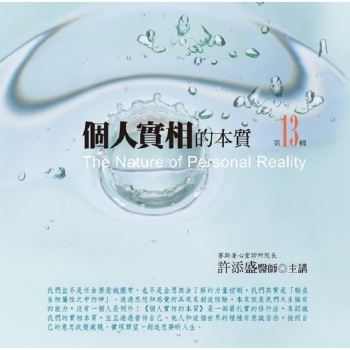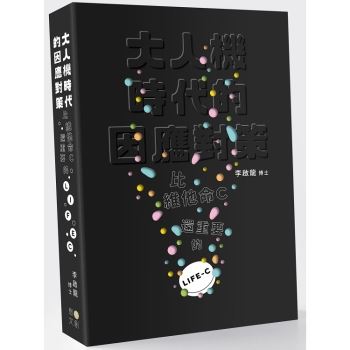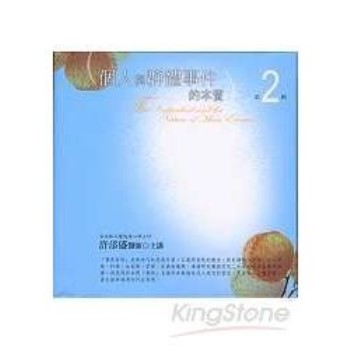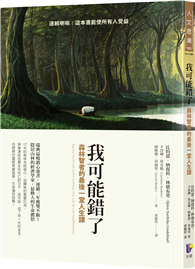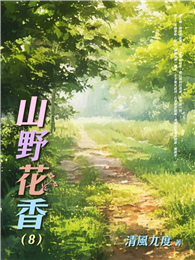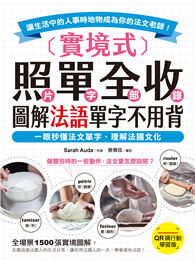Until recently beads were under-researched. Even today in the UK, antique markets, necklaces and single beads still turn up in bargain boxes at cheap prices, whether glass, plastic, semiprecious stones – in fact almost anything that can have a threadable hole – or ethnic jewellery, holiday souvenirs or lavish carnival costume accessories. Throughout history, beads have shown prestige and wealth in their roles as trade goods, heirlooms and dowry, markers of tribal loyalty, prayer aids, magic talismans, love tokens and signs of status in life. Beads reveal the most amazing skills and give us an idea of the things we value enough to copy in miniature. They continue to display astonishing ingenuity – they are made of almost every possible material. Handmade or mass-produced glass, stone, ceramic, bone, shell, coral, amber, jet, cast or handwrought metals; found objects; constructed with tiny beads stitched together or woven in traditional patterns: each piece leads to new discoveries. This book helps you explore the origins of many of your treasures, whatever types of bead you collect, covering a wide range of categories such as ‘eye beads’, Millefiori Trade Beads found in the 1960s, exotic tropical seeds necklaces, carved nuts, Art Deco chokers, real or reproduction Egyptian Mummy beads, Tibetan stone Zi beads with applied designs, rosaries and prayer beads or even the antique beads found on traditional English lace bobbins!

